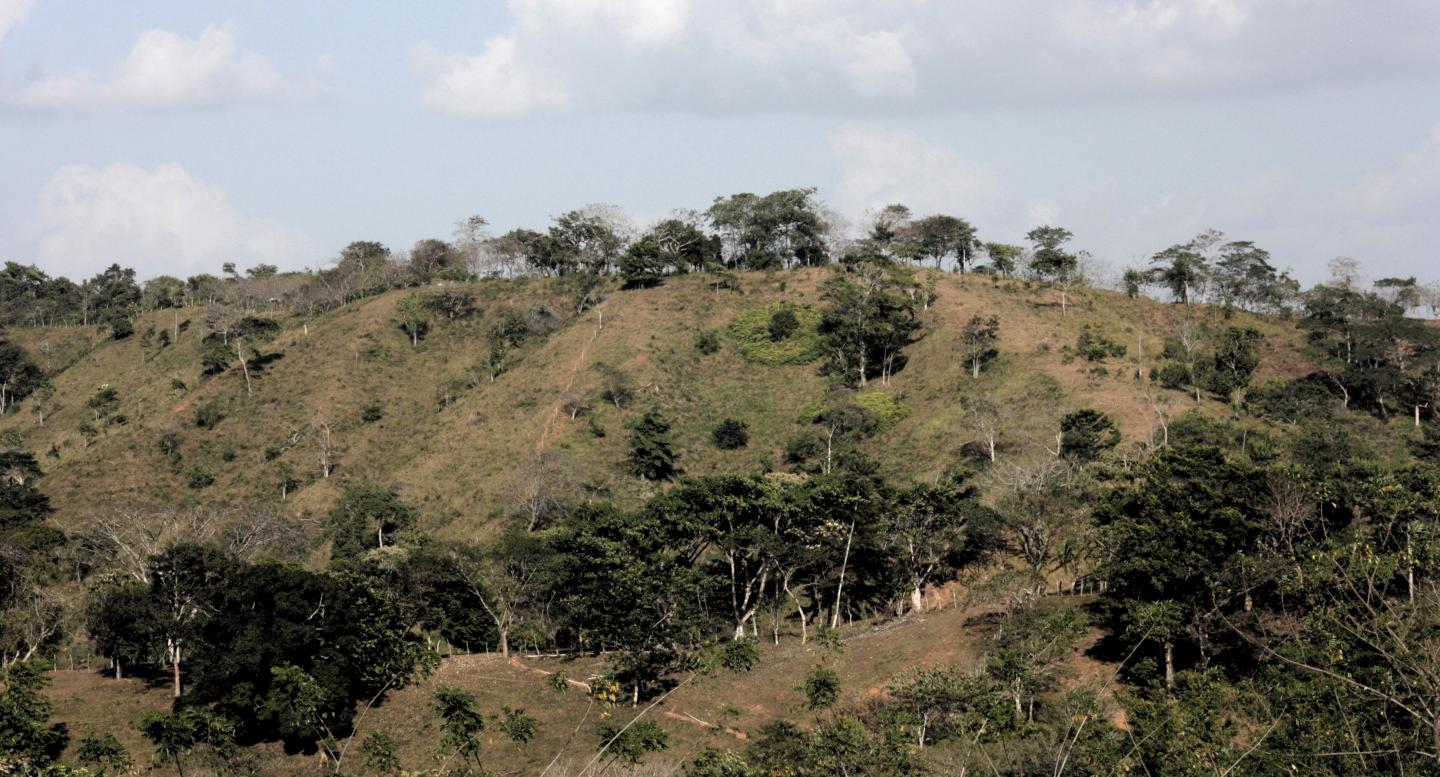International research team including University of Göttingen analyses tree regrowth across Latin America

Credit: Dylan Craven
Tropical forests are being deforested at an alarming rate to make way for agriculture and pastureland; the good news is that they can regrow naturally when the fields are abandoned. An international research team including participation from the University of Göttingen has found that regenerating wet and dry forests actually show opposite pathways. This implies a fundamental change in our understanding of how tropical forests change over time, with consequences for forest restoration, biodiversity, and ecology. Their results were published in Nature Ecology and Evolution.
Eighty-five researchers from 16 different countries collected original data from 50 sites, 1,400 plots and more than 16,000 trees in tropical forests across Latin America. The scientists tracked the recovery of tropical forests to understand how the regrowing process works.
They found that tree species that produce expensive and durable wood can persist for a very long time, especially under adverse climatic conditions but this strategy comes at the expense of a reduced and slow growth. Early in regeneration, light and water resources are in abundant supply, which leads to the dominance of “fast” pioneer species with soft wood. Whereas late in succession, the availability of resources declines, leading to the dominance of “slow” late-successional species with hard wood. This information is crucial to improving initiatives to restore forests and to select the best species for planting. “Our study shows how tropical forests regenerate on cattle pastures and agricultural fields,” says Dr Dylan Craven from Göttingen University, who measured wood density in central Panama. “It is extraordinarily variable, mostly due to differences in climate. Understanding how tropical forests regenerate in different contexts will be essential for developing effective native species reforestation programmes and conservation areas for biodiversity and climate mitigation across Latin America. Hopefully similar studies from the African and Asian tropics will be forthcoming, and will strengthen similar programmes with a data-driven approach.”
###
Original Publication: Lourens Poorter et al. Wet and dry tropical forests show opposite successional pathways in wood density but converge over time. Nature Ecology and Evolution. DOI: http://dx.
Contact:
Dr Dylan Craven
University of Göttingen
Department of Biodiversity, Macroecology and Biogeography
Büsgenweg 1 – 37077 Göttingen
Phone: +49-(0)551-3910443
Email: [email protected]
http://www.
Media Contact
Melissa Sollich
[email protected]
Original Source
https:/
Related Journal Article
http://dx.




